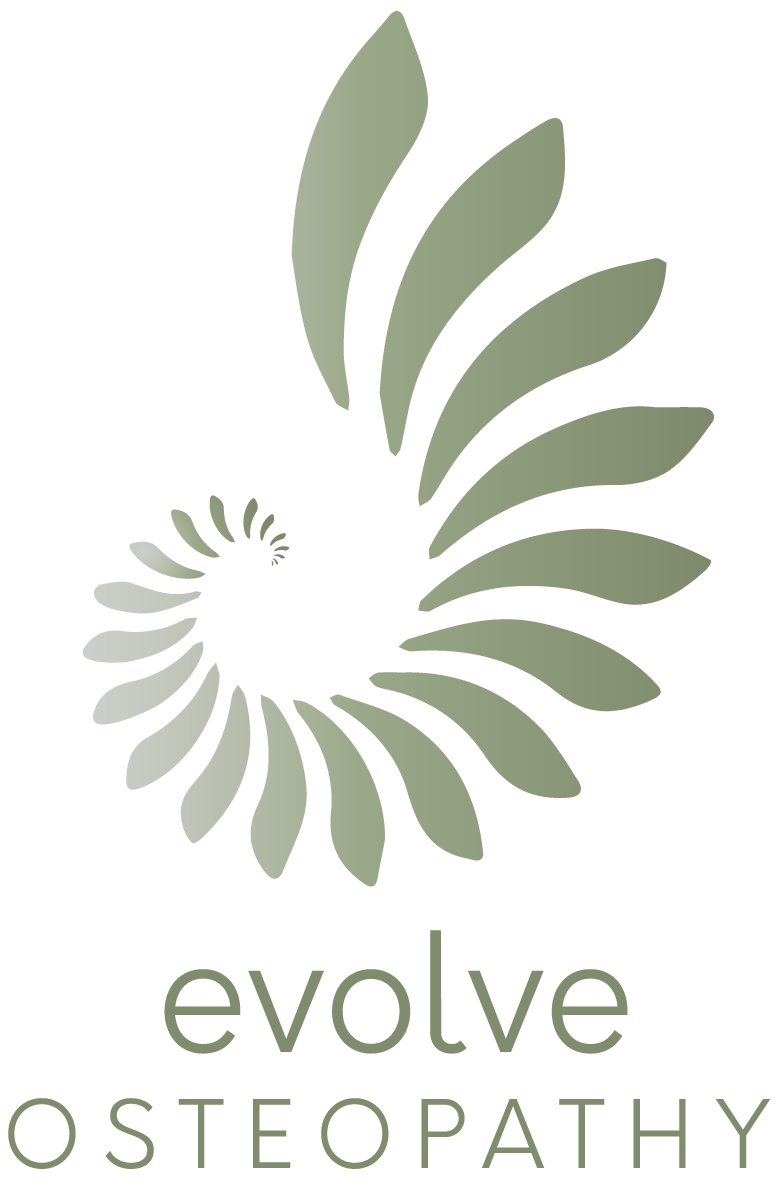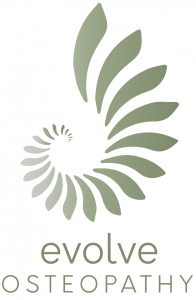Migraines are a debilitating neurological condition that affects millions of people worldwide. While the exact cause of migraines is still not fully understood, researchers have identified a variety of triggers that can lead to migraine attacks. In this article, we will explore some common migraine triggers and discuss natural health treatments that can help alleviate symptoms.
Understanding Migraine Triggers
Migraine triggers can vary from person to person, but some common ones include stress, hormonal changes, certain foods and drinks (such as alcohol and caffeine), lack of sleep, and environmental factors like bright lights or strong odors. Keeping a migraine diary can be a useful tool to help identify personal triggers and avoid them in the future. By understanding what triggers your migraines, you can take proactive steps to prevent or lessen the severity of an attack.

Common Natural Health Treatments
When it comes to treating migraines naturally, there are several options that may help alleviate symptoms. Some people find relief by using essential oils like peppermint or lavender, which can be applied topically or in a hot bath. Acupuncture according to the NICE guidelines and written in the British Medical Journal have also been shown to be effective in reducing the frequency and intensity of migraines. Additionally, certain vitamins and minerals, such as magnesium, have been found to be beneficial in managing migraine symptoms. You can add epson bath salts into a bath that has plenty of magnesium in it that will help relax your muscles.
Change Your Diet
By far one of the best ways to help you manage migraine and tension type headaches is to change your diet. There are certain foods that will trigger headaches but a major one is the consumption of Gluten. Gluten is found in wheat flour products such as bread and pasta but is also found hidden in many other foods so check the labels on your products. The reason I mention gluten is because it can cause a condition called leaky gut syndrome aka gastrointestinal hyper permeability (you can read about it here) that has been linked to migraines and headaches. Other foods such as sugar, caffeine, alcohol and dairy may also be avoided.
Lifestyle Changes for Migraine Relief
In addition to natural health treatments, making lifestyle changes can also play a significant role in managing migraines. Regular exercise, stress management techniques to aid relaxation like meditation, mindfulness practice or yoga can all help reduce the frequency and severity of migraine attacks. Therapeutic Sound Meditation and attending sound baths have recently gained popularity to help manage stress and relaxation. It’s also important to establish a regular sleep routine and stay hydrated to support overall brain health and minimise the risk of triggering a migraine.
Seeking Professional Help and Support
While natural health treatments can be effective for some individuals, it’s important to seek professional help if you are experiencing chronic or severe migraines. A healthcare provider can help diagnose and treat underlying medical conditions that may be contributing to your migraines. Additionally, joining a support group or seeking counseling can provide emotional support and guidance on coping strategies for managing migraines. Remember, you don’t have to suffer in silence – there are resources available to help you find relief and improve your quality of life.
How Osteopathy Can Help
Osteopathy techniques for headaches and migraines mainly involve gentle manipulation of the affected areas. Osteopaths use their hands to apply controlled pressure, stretching, and soft tissue techniques to release tension and improve blood flow. These techniques aim to reduce muscle tension in the neck, shoulders, and head, which can contribute to headaches and migraines. Osteopaths also work on the cranial bones to restore proper alignment and optimise the function of the nervous system, which plays a crucial role in headache and migraine regulation.

The Benefits of Osteopathy for Long-Term Relief
One of the significant benefits of osteopathy for headache and migraine relief is its focus on identifying and addressing the underlying physical causes of these conditions. By targeting the root cause, osteopathy offers the potential for long-term relief rather than just temporary symptom management. Osteopathic treatment can help improve circulation, reduce muscle tension, and enhance the body’s ability to self-heal, resulting in a reduced frequency and severity of headaches and migraines over time.
Additionally, osteopathy takes into account other factors that may contribute to headaches and migraines, such as poor posture, stress, and lifestyle habits. Osteopaths work closely with patients to develop strategies for managing these factors, providing a comprehensive approach to headache and migraine management.
Integrating Osteopathy into a Treatment Plan
To maximise the benefits of osteopathy, it is often recommended to integrate it into a comprehensive treatment plan for headache and migraine sufferers. This plan may include other therapies such as acupuncture as discussed above, massage, talking therapies for any challenges one may have surrounding their mental health or medication from their GP. Additionally, lifestyle modifications such as stress reduction techniques, exercise, and maintaining good posture can further enhance the effectiveness of osteopathic treatment.
Collaboration with other healthcare professionals, such as neurologists or pain specialists, can also be beneficial. This interdisciplinary approach ensures a holistic and individualised treatment plan that addresses all aspects contributing to headaches and migraines.
Conclusion
In conclusion, understanding migraine triggers and exploring natural health treatments can be valuable tools in managing this chronic condition. By taking a holistic approach to treatment, incorporating lifestyle changes, and seeking professional help when needed, individuals can find relief and improve their overall well-being. Remember to listen to your body, prioritise self-care, and work with your healthcare provider to develop a personalised plan for managing migraines.

